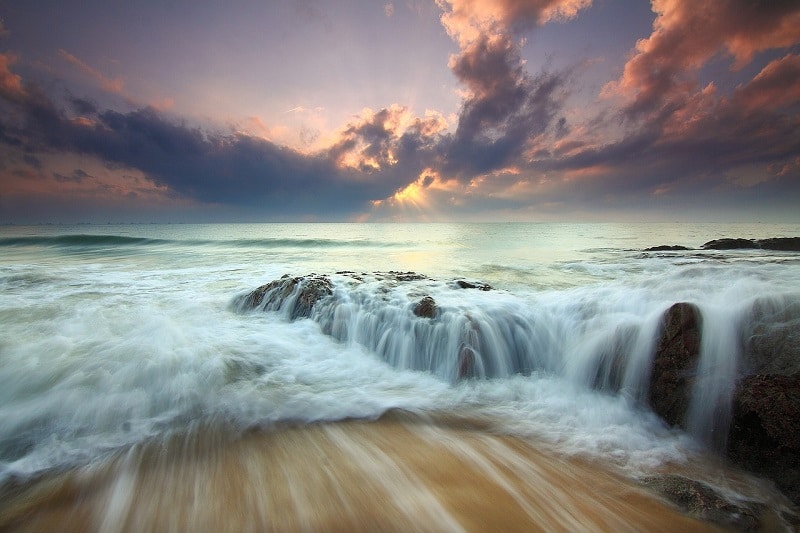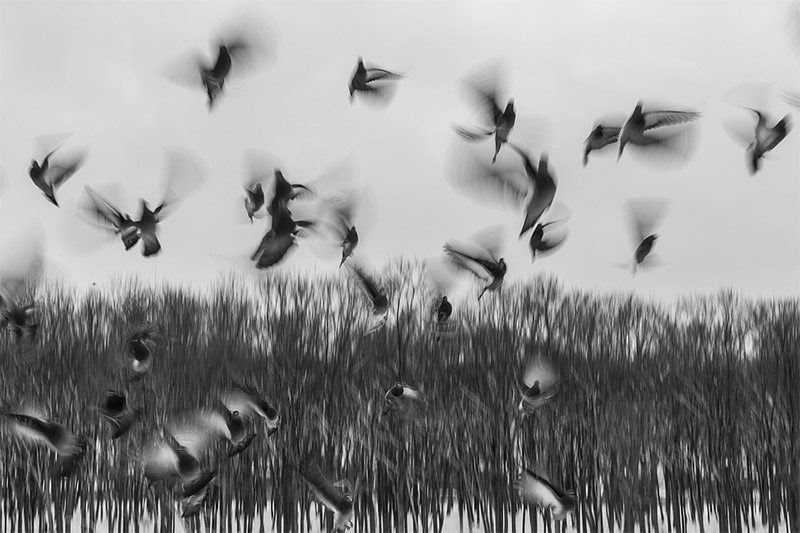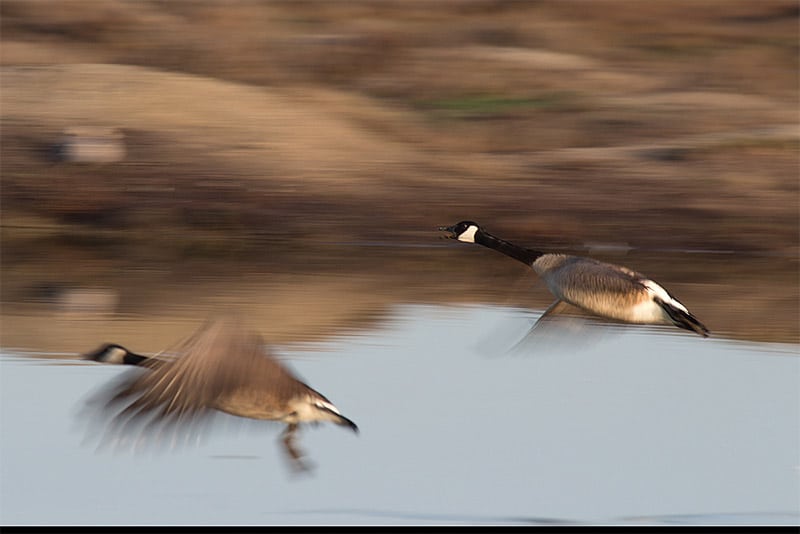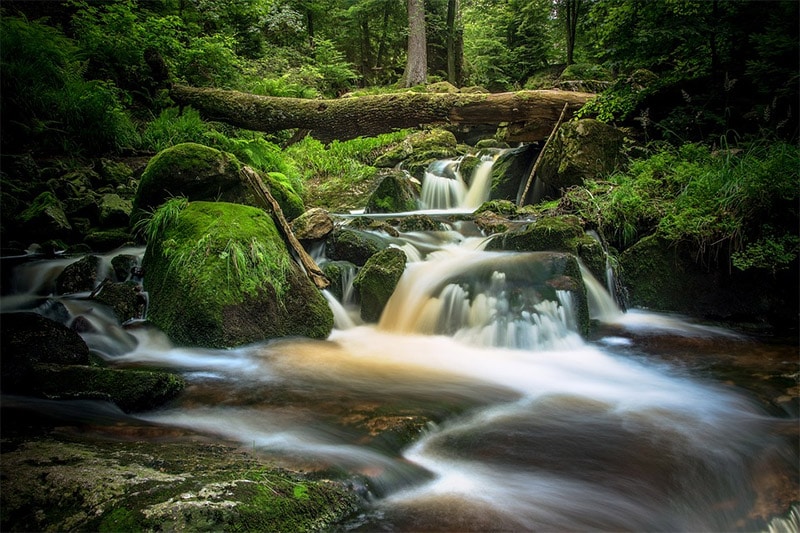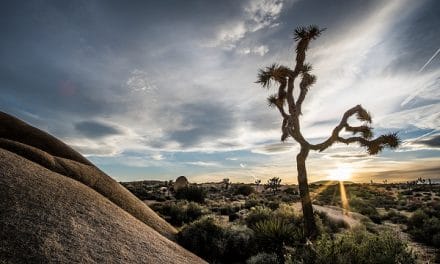Shutter speed is a very important setting, but it is one that is curiously often overlooked. We tend to set our speed to whatever is recommended for our personal requirements – 1/125 for studio photography, for example, or 1/1000+ for action shots. However, by using it in a creative way, you can actually produce photographs that have a lot more interest about them. Here are some tips for getting started.
1. Freeze and Flow
The lower you drop your shutter speed, the more blur will creep in around any movement. This is something you already know from trying it out when you learned how it worked. But there’s a very specific way you can use this to your advantage.
When you find the exact right spot, you can produce some very interesting effects where part of the action is frozen and part of it is blurred. Take, for example, a bird resting on a pond. When that bird flaps its wings to dislodge dirt or loose feathers, or in a display of strength, you may notice something peculiar: while the wings move fast, the body and head stay in more or less the same place. This means that if you dropped your shutter speed down to something like 1/200, you might be able to get an image in which the bird’s body is frozen and its wings show up as a blur of movement.
This half-frozen, half-flowing look can be really dramatic, and will add movement to the image whilst still allowing the subject to appear in detail. It doesn’t just apply to a bird flapping its wings, of course. You could experiment with a horse racing down a track, a model spinning around in a voluminous dress, a car with wheels spinning fast, or take it macro and look at how insects stay still while cleaning their wings.
2. Track Your Subject
You can also use shutter speed to your advantage while following a moving object. Like a car driving across a racetrack, a horse racing, and so on, this is most often applicable at sporting events and with wildlife photography. You want to get an image of the object that is moving, and there are lots of ways to do this. If you line up a shot, wait for your subject to appear, and then press the trigger, you will most likely find you have an image which contains a static background and your subject in motion blur.
Track the subject with a panning shot, however, and you can get an altogether different effect, in which the subject appears to be frozen still. This is an interesting starting point, but you can go even further if you want to be creative with it.
By bringing the shutter speed up or down in gradual increments, you can capture something different every time. You can vary it to get the results that you want:
- A still subject with a frozen background
- A still subject with a motion blurred background
- A partially still and partially blurred subject against a motion blurred background
- A motion blurred subject and background
Depending on what you are photographing and where, different variations may be more or less appropriate. You can always shoot what most photographers do, but after that, consider trying something that you haven’t seen before. That’s what creative shooting is all about!
3. Capture a Story
Even when you are photographing a location or subject which doesn’t have a lot of movement at all, you can use shutter speed to really tell a story. The lower bounds of shutter speed often make something a lot more interesting, and if you have a sturdy tripod or a flat surface to stabilise your camera, you can be as creative as you like.
Once you drop through all of the different shutter speeds to the very last one, you’ll find yourself at ‘B’ or ‘bulb’ depending on your camera model. This mode allows you to control the opening and closing of the shutter, so you dictate how long it stays open for. This can lead to some very interesting results indeed.
For example, one popular way to use this mode is to point your camera at the sky and leave it there for a few hours during the night. You’ll see stripes across the sky as the points of light provided by stars move from one side of the frame to the other. You could achieve something similar by pointing your camera at the front of a shop, down a busy street, across a motorway, or even somewhere a little quieter. Babbling brooks and streams can turn into rivers of light when photographed at a slow shutter speed, creating a very interesting effect that you have probably seen before.
When using low shutter speed like this, it’s usually best to do it at night. This is because there is a lot less light on offer, so your image is less likely to become overexposed. A bit of experimentation is likely to be needed so that you can work out the right shutter speed, ISO, and f-stop to shoot with for the best results. In fact, experimentation can even lead to something more creative than you thought – mistakes can show us ideas that we had never thought of.
When trying to put together a more creative photograph, consider using shutter speed as a way to make a difference. This can really add something fascinating to your portfolio, and may turn out better than you imagined.
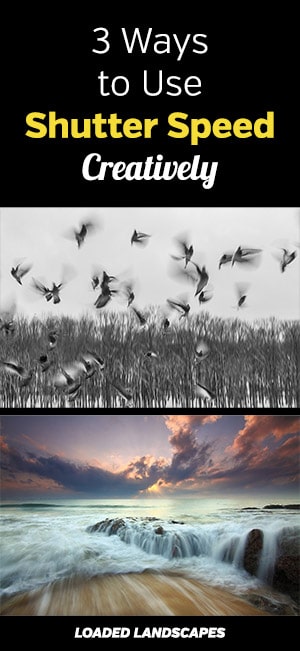
Photo license links: CC0, CC BY 2.0

